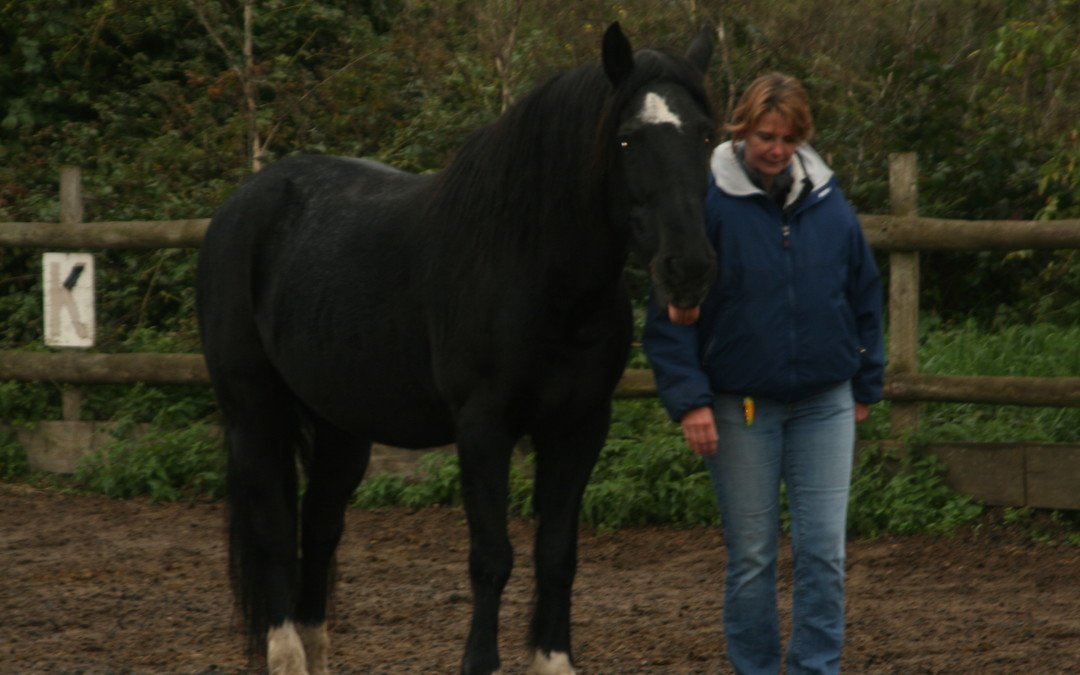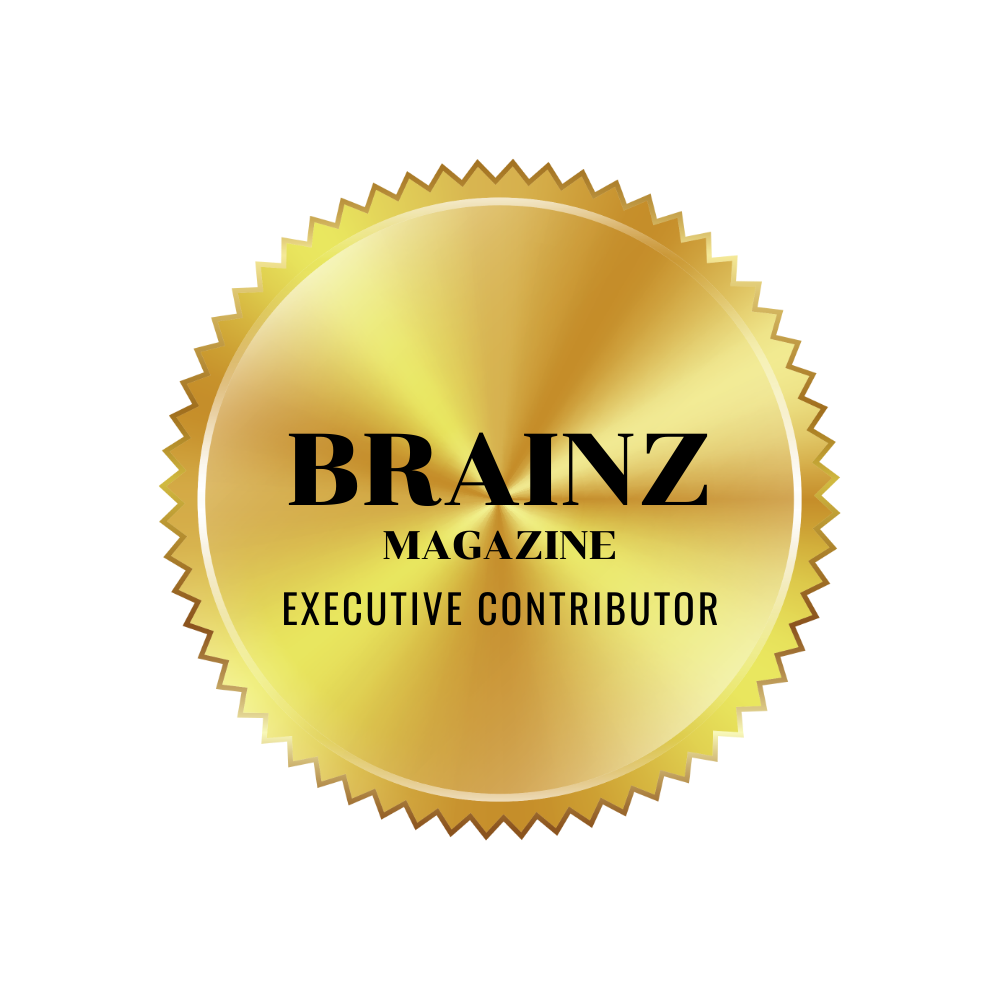Managers (… and others..) can learn a lot during horse – assisted training. Approaching horses, watching their reactions to our behavior, touching them, smelling them, leading them with or without a rope – this is a very special experience which brings people “down to earth”. Contrary to schooling in classroom where participants are mostly rational decision makers the context of horse – assisted education opens the emotional side of people. The authentic feedback of horses provokes reactions and insights for the participants which touches them deeply. That’s why horse assisted education is a very valuable completion of classroom seminars. In role plays in the classroom people often play a role – they are not authentic and are not open to really face their personal problems and challenges.
The following case study will highlight what I mean by integral leadership training: I will tell you the story of Lukas, a participant of a two day seminar: “Successful conflict resolution”, followed by a workshop with horse – assisted education.
My boss does not pay much attention to me… how can I attract more attention and recognition ?
Confession in the classroom
Lukas was one of nine participants with banking and insurance background who attended the seminar: “Successful conflict resolution”. At first sight he appeared to be a nice guy, polite, very intelligent (classical scholar with double PhD), very interested to communicate with the other participants, very engaged during the exercises and role plays. Overall, he left a rather shy impression, which showed also in his stooping posture.
At the end of the first day, Lukas had gained enough confidence to tell us about his actual problem at his workplace. He was assistant of the management board of a bank and his task was delivering profound analyses and background information – he told us how he was fascinated by his task – he was sure he could deliver competent information based on his long experience in the field. Unfortunately, he was seldom praised – even worse, his boss, an ambitious young woman, only used his work to create an image for herself. He admitted that he was now no more motivated.
First encounter with the horses – his favorite horse being Santana
It is always very interesting to watch the participants whom you know from two days classroom seminar in a totally different environment during their first encounter with the horses. Most of them are really looking forward to the new experience. Others are sort of nervous to meet the horses and ask themselves if they will be able to lead such a big animal. A few are in fear of horses and tell me in advance that the observer role will be alright for them ( in most of the cases they change their mind and will ask me “What do you think, if I try myself ?”…).
Lukas was very eager from the very beginning – he told me that he didn`t have any specific experience with horses but that he was always fascinated by these proud and elegant species.
During the first exercise participants are watching a group of horses which play around in a riding arena. This exercise is useful to get a first impression of the horses. The task is to watch the behavior of the horses very carefully – are there any differences in character? – which horse attracts me most? During this exercise every participant can choose his favorite horse for the following exercises. Lukas` choice was Santana, a very elegant mare with beautiful expressive movements. I asked him why he chose Santana? “That is very clear, I am fascinated by her elegance and assertiveness – did you see how Santana reacted when this brown little pony wanted to bite her? … she just kicked out at him. I also chose Santana because of her gentle expression on her face..”
Lukas and Santana – not a dream team yet
The exercise is to lead the horse on a rope, individually. The participant has to walk through different obstacles with the horse: turn around poles, pass through small obstacles, walk over tarpaulins on the floor. Lukas was very eager to do his job with Santana – his eyes sparkled like a little child when he took the leading rope of Santana. Only seconds later the expression of his face changed dramatically: Santana was not willing to follow him. He tried to motivate her by gently moving the leading rope.. no chance – he did not know what to do. He tried some other timid movements, without success. He tried to talk to her – no chance – discouraged he watched the group.
I asked him: ..” Do you think the horse knows, what you want from her?” Lukas seemed to understand.. “ok, I will show her what I want.. I will take a leading position, walking in front of her”…with timid movements he made some steps forward – seemingly not convincing enough. Meanwhile, Santana took a very uninterested stance and did not move. Poor Lukas was in a quite desperate state … I asked him: .. “Do you think the horse can recognise your full presence and determination?” Lukas seemed to think about this and suddenly changed his posture, he appeared much more focused now and -.. no surprise.. Santana started moving and followed Lukas… up to the second obstacle where Santana stopped again. This time it was Lukas who gave the explanation himself: “I can tell you why she stopped.. I was very uncertain if she would pass through the second obstacle … how can I take a leading position when I am uncertain and even in fear?” Now Lukas made his way with Santana very determined and we could watch how he enjoyed realizing how easily the mare followed him – finally Santana had accepted him as her leader.
Lukas` statements after his exercise
Deeply touched and still very excited, Lukas told us how he lived these 10 minutes: “In the beginning I was quite in despair– I approached Santana so gently but I could not gain her confidence – I had no authority. Only after I was totally despaired about the failed trials I had the energy to get through and to be finally respected. I am sure Santana could feel that I was clearly focused on reaching my target. I am very happy now that I succeeded to move her, finally – may be that is also true for my life: I have to stand up and signal very clearly to others what I want!”
What we learn from this story
Already in the classroom Lukas had told us from situations at his workplace where he was not much respected despite his broad experience and competence. The exercise with the horse showed him a way how he could increase his assertiveness.
Typically, Lukas chose the mare with a lot of expression, who showed that she is able to defend herself … characteristics Lukas would like to have himself, as well. During the exercises Lukas could learn about the importance of determined body language and clear target oriented action – there was a clear difference of his presence – before and after.
I am always impressed, how the lessons taught by horses are so easily accepted by people – may be people think, “Well, its only a horse which reacts.”
That is a real advantage of horse- assisted education – horses can mirror people the unvarnished truth and it is accepted quite easily. For me as a coach or another participant it often needs a lot of diplomacy and fine feeling to bring the message to the point.
Working with horses we are not only focused on rational thinking but we are also touching the emotional side of our participants. As newest research about limbic learning shows us the emotional involvement is a prerequisite for inner acceptance and finally for change of habits or behaviour.
Conclusion
Horse – assisted training is a most valuable completion of classroom seminars. To be efficient and sustainable the process of coaching and training is most important – horse assisted training must be embedded in a clear context: starting with a clear statement about the status quo and the personal targets of the participant. Previous classroom seminars often bring up important issues and targets for horse – assisted education. Another possibility is a well coached brainstorming with the group prior to the horse seminar. Most important is the reflection during the horse – assisted training session : by the participant himself, by the group and the coach. Videos are a useful tool to reinforce the reflection – nobody would be able to explain your non-verbal communication and appearance better then when you watch yourself on the video… ! Insight is one thing… change of habits another! So it is most important that the insight process is followed by a clear transfer plan – a plan which must be developed by the participant himself – because only he is able to know how far he is ready to initialize change– the coach is only the motivator of this process.
In the transfer process we have another valuable effect of horse – assisted education: the situations lived with horses leave a deep impression on the participants – the success stories with the horses serve as a clear anchor – the inner pictures of successfully leading Santana, Prince or whatever the name of the horse is, will encourage the participants to be more self – assured and determined.
By Dr. Barbara Gorsler, Management Trainer, Dietlikon, Switzerland

Julia Felton (aka The Business Wrangler) is the founder of Business HorsePower. Business leaders, entrepreneurs and executives hire her to accelerate their business performance by harnessing the energy of their people to work more collaboratively together. By aligning purpose with actions the team achieves exponential results as everyone starts pulling in the same direction.
Julia believes that business is a force for good and through designing purpose-driven businesses that leverage the laws of nature, and the herd, you can create businesses founded on the principles of connection, collaboration and community that make a significant impact in the world.






